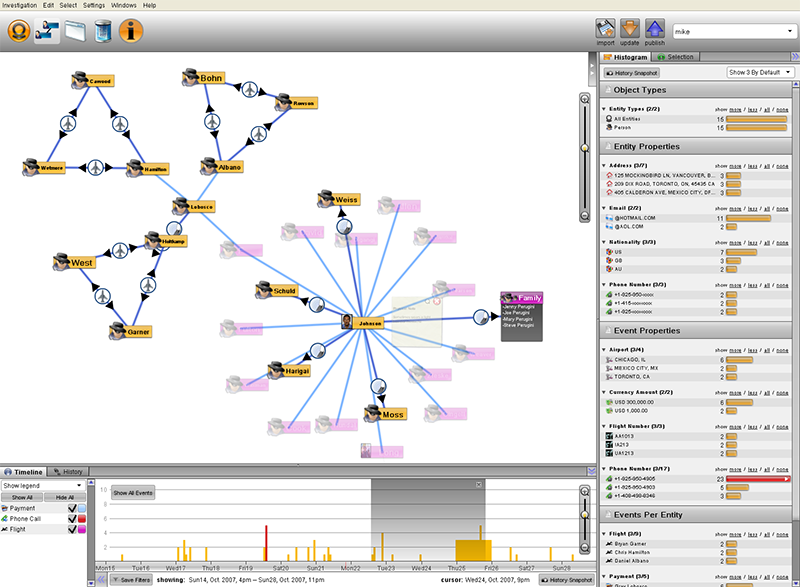
Representatives from both sides of the House of Commons in the United Kingdom agree that fully autonomous weapons raise numerous concerns warranting further deliberation, including at the international level. The Parliamentary Under Secretary of State at the Foreign and Commonwealth Office, Alistair Burt, however emphasized that the government does not support the call for a moratorium on these future weapons that would select and attack targets without further human intervention, described as “lethal autonomous robotics” in the parliamentary adjournment debate held late in the evening of 17 June 2013.
Burt said the statement that ’robots may never be able to meet the requirements of international humanitarian law’ is “absolutely correct; they will not. We cannot develop systems that would breach international humanitarian law, which is why we are not engaged in the development of such systems and why we believe that the existing systems of international law should prevent their development.” He emphasized that as a matter of policy, “Her Majesty’s Government are clear that the operation of our weapons will always be under human control as an absolute guarantee of human oversight and authority and of accountability for weapons usage.”
Ref: United Kingdom debating killer robots – Campaign to Stop Killer Robots


